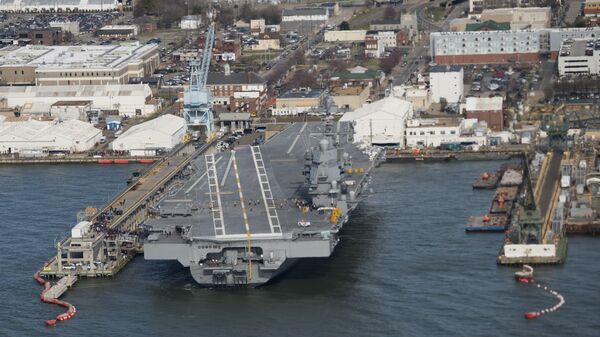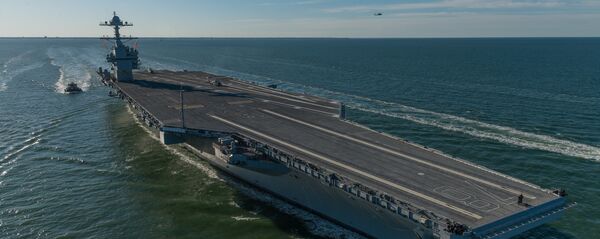Some lawmakers say the goal to field a 355-ship fleet may depend on it. More than 100 lawmakers sent a letter to the Pentagon in late 2017 "to express interest in a dual procurement of Gerald R Ford-class aircraft carriers" in the coming fiscal year. The legislators said the government could save up to $2.5 billion by buying two carriers in the same year as a result of lower logistical costs.
Buying two carriers "allows the Navy to build a fleet of 12 aircraft carriers more quickly as prescribed by the FY18 National Defense Authorization Act — which established that the Navy should maintain 355 ships, including 12 aircraft carriers," Rep. Rob Wittman (R-VA) said last December.
"The Navy developed an acquisition strategy to combine the CVN-80 and CVN-81 procurements to better achieve the Department's objectives of building a more lethal force with greater performance and affordability," James Geurts, assistant secretary of the navy for research development and acquisition said in the March 20 announcement. CVN-80 and CVN-81 are the Navy's official designations for the two prospective carriers: CVN-80 will be the USS Enterprise; CVN-81 is not yet named. "This opportunity for a two-ship contract is dependent on significant savings that the shipbuilding industry and government must demonstrate."
According to the US Navy, buying two ships at once was a strategy that was "effectively used in the 1980s to procure Nimitz-class aircraft carriers and achieved significant acquisition cost savings compared to contracting for the ships individually."
The namesake ship in the Ford class, the USS Gerald R Ford, ran 20 percent over budget and more than a year behind schedule before being delivered in 2017, highlighting the service's struggle to control the costs of building an aircraft carrier.




